How a simple visit to Sheffield's Botanical Garden can help you to discover "the history of the world”
and live on Freeview channel 276
This is Valerie Oxley, the author of a new book which details the plants at Sheffield’s Botanical Gardens. “You are experiencing a geographical journey, a medicine chest, a collection of culinary delights, jewellery, cloth, paper and even lethal poisons.
"It is not just a pretty flower that you see in the Gardens it is a whole botanical journey involving brave and courageous plant collectors.”
Advertisement
Hide AdAdvertisement
Hide AdHer book is called A Florilegium Sheffield’s Hidden Garden and showcases paintings of the plants by members of the Florilegium Society she founded at the Gardens.
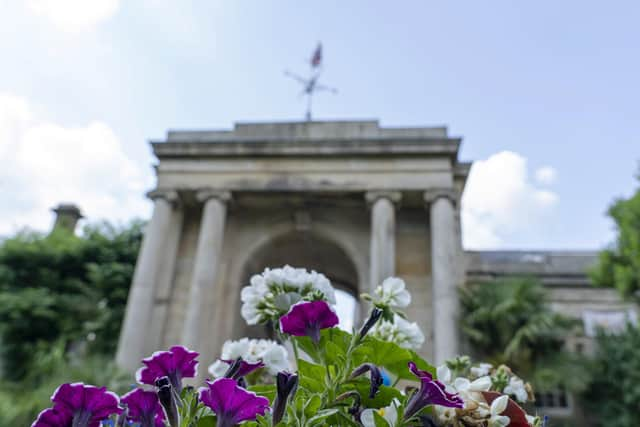

Her enthusiasm is clear. “The Gardens are a much-loved public space,” she says.
"Just sitting quietly on a sunny day one can observe how people use and enjoy the Gardens, each in their own unique way.
"Some simply use the Garden to get from A to B, a conduit from a busy shopping area to a quiet residential one. Some people walk briskly through, rucksacks hauled onto their backs, hurrying to school or to attend a lecture at the University.
Advertisement
Hide AdAdvertisement
Hide Ad"Others, mums or dads, walking at a more leisurely pace with young children in tow, going to meet with other young parents sitting on the grass whilst the children play. Before lockdown there were the school visits, eager young children, chattering happily, skipping and dancing through the gardens with their teachers.
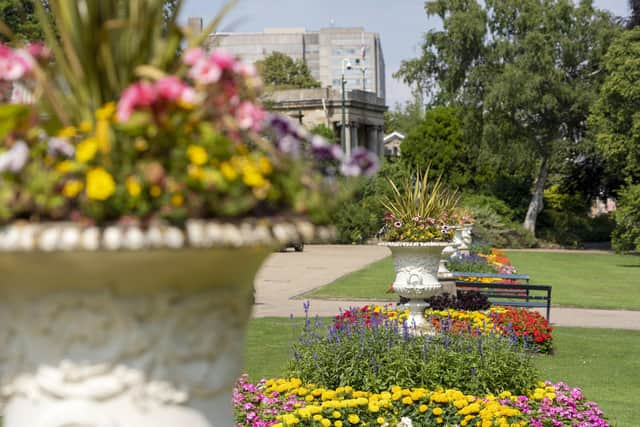

"Older children would arrive, questionnaires in hand looking for a particular tree or herbaceous plant to make a sketch, or answer a question. These visitors would be followed by those who come simply because they love the place, always have done and still do.”
Lockdown meant the gardens became a special place, she says. “Somewhere for people to be able to walk and reflect, for children to play and run about, to use their imaginations and escape from the tedious daily routine of life in lockdown.
"The Robinson family who live near the Gardens took their young children during lockdown as often as they could,” says Valerie, who lives in Firbeck, near Sheffield.
Advertisement
Hide AdAdvertisement
Hide Ad"Granny Pat told me ‘The Gardens have been a regular haunt for my family especially during Covid. The boys love exploring and showing us around. We have story time in the garden with the stature of the leaf cutting ant. It’s all so exciting. Jack, aged two, is learning plant names - he has a grass called a ponytail and one called Patricia’, his granny’s name.”
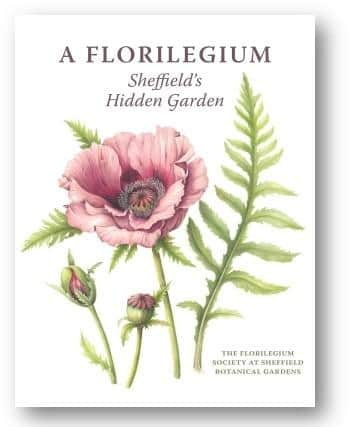

The idea to form a Florilegium Society was originally suggested in 1995 when Valerie was approached by Anne-Marie Evans who had founded a similar Society at Chelsea Physic Garden in London.
She says: “The purpose of the Society was to produce an archive of botanically accurate artwork from the collection of plants in the Gardens that would provide a scientific and historical record of the Gardens’ plants for the future which would become a valued source of reference.
"Five years later it was discussed again when a number of botanical illustration students, studying part time at the University of Sheffield’s Department of Adult Education, had completed their courses and were keen to use and develop their illustrative skills.”
Advertisement
Hide AdAdvertisement
Hide AdWhich brings us to the Botanical Illustration Programme at the Sheffield University. The courses were unique, they married art and science, drawing and botany, the only university course to offer this combination in equal parts in the UK.
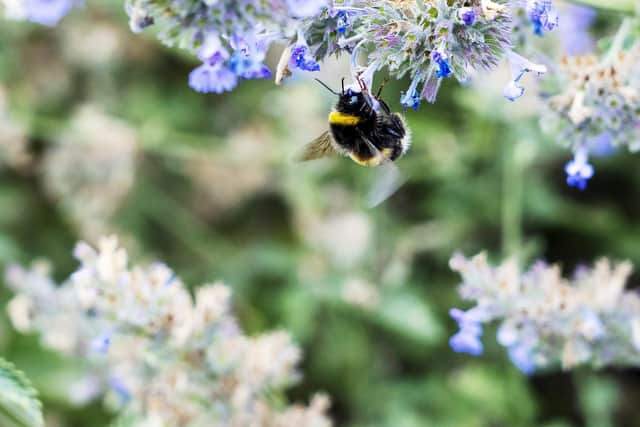

Even the full-time natural history illustration courses were envious of the programme in Sheffield, organised by botanist Dr Patrick Harding and illustrator Valerie. Many accolades were received for the achievements of the course and the individual students, both academically and for the detailed botanically correct illustrative work that emerged.
Work from the courses was displayed at the Natural History Museum, London to complement a conference at the Museum called ‘Drawn from Nature’ and further work was highlighted in a book published in 2000 by the Hallamshire Press called Wild Flowers of the Peak District.
To establishing the Florilegium Society at the Botanical Gardens, a report had to be submitted to the Trustees of the Gardens. Letters of support were sent by what reads like a Who’s Who.
Advertisement
Hide AdAdvertisement
Hide AdThey included the Vice Chancellor of Sheffield University Professor Robert Boucher, the Director General of The Royal Horticultural Society Dr Andrew Colquhoun, the Director of the Royal Botanic Gardens, Kew, Professor Sir Peter Crane and the Curator of Art and Principal Research Scholar at the Hunt Institute for Botanical Documentation, Pittsburgh, Dr James White.
"It was an exciting day when the report was accepted, and even more exciting when the 'supporters' all accepted an invitation to become the Society’s first Patrons linking the Society with a number of great Institutions,” says Valerie.
The Sheffield Botanical Gardens’ Trust as well as the Friends of the Botanical Gardens, Sheffield have continued to support the Society to this day. FOBS members assist by leading tours of the Gardens and help with the selection of cuttings for members to draw.
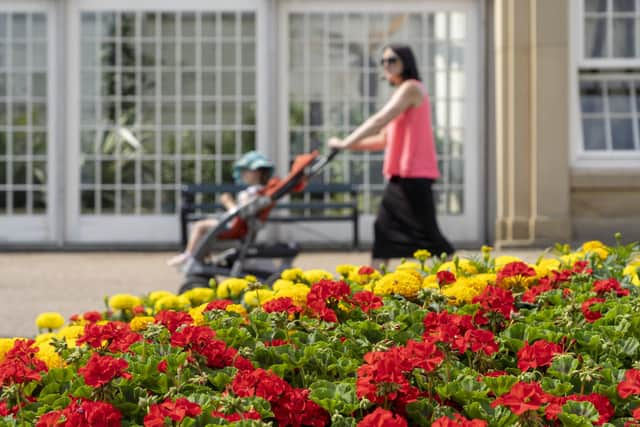

The Florilegium Society was the second to be formed in the UK, Chelsea Physic Garden, London being the first.
Advertisement
Hide AdAdvertisement
Hide AdThere are now notable Florilegium Societies at Hampton Court, Brooklyn Garden New York, The Royal Botanic Garden Sydney, the Filoli Garden, California and at the Eden Project. These Societies and others, are affiliated and have become a large and supportive Florilegium ‘family’ around the world.
So how do they select plants for the archive. Valerie says: “The Selection Panel, made up of the Chair of the Society, the Curator of the Gardens and an invited botanist and a botanical artist, received the first submissions to the Archive in 2003 and illustrations have been added to the collection each year until lockdown.
"There are now 151 illustrations in the collection. The Selection Panel look for a good design matched with botanical accuracy and exact colour matching. Learning about the plants and illustrating them for the people of Sheffield and beyond to enjoy, has been an absolute delight for all the members, sharing knowledge and skills together has been an important part of the Society’s aims and commitment.”
Books are an important way of spreading the word. “Chelsea Physic Garden Florilegium Society was the first to publish a book highlighting their Archive of Illustrations followed by the Royal Botanic Garden Sydney and the Eden Project,” says Valerie.
Advertisement
Hide AdAdvertisement
Hide AdSheffield Florilegium Society has followed with the publication of her book. Valerie was given 12 months by the publisher, the Crowood Press, to write the 67 plant profiles for the book and organise the digital copying of the illustrations that were to be included.
"Writing started before lockdown and continued throughout it, one advantage being that the botanical experts were usually readily available for consultation,” says Valerie.
“Writing the book and researching the plants was a joy, and each week I felt I was taking part in a new botanical expedition with the plant hunters, experiencing their trials and tribulations to find rare and unusual plants.
"Their transport back to England brought other difficulties, ships were sunk or attacked by pirates, specimens were packed in brown sugar to protect them on a sea voyage and special deck greenhouses were made to protect specimens in the race to be the first back with live and healthy specimens, this caused rivalry, deceit and jealousy amongst the ‘gentlemen’ of the botanical world.”
A Florilegium Sheffield’s Hidden Garden is published by Crowood Press and costs £25. https://www.crowood.com/